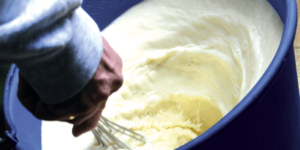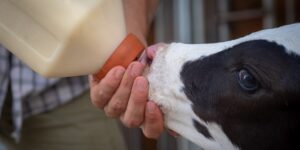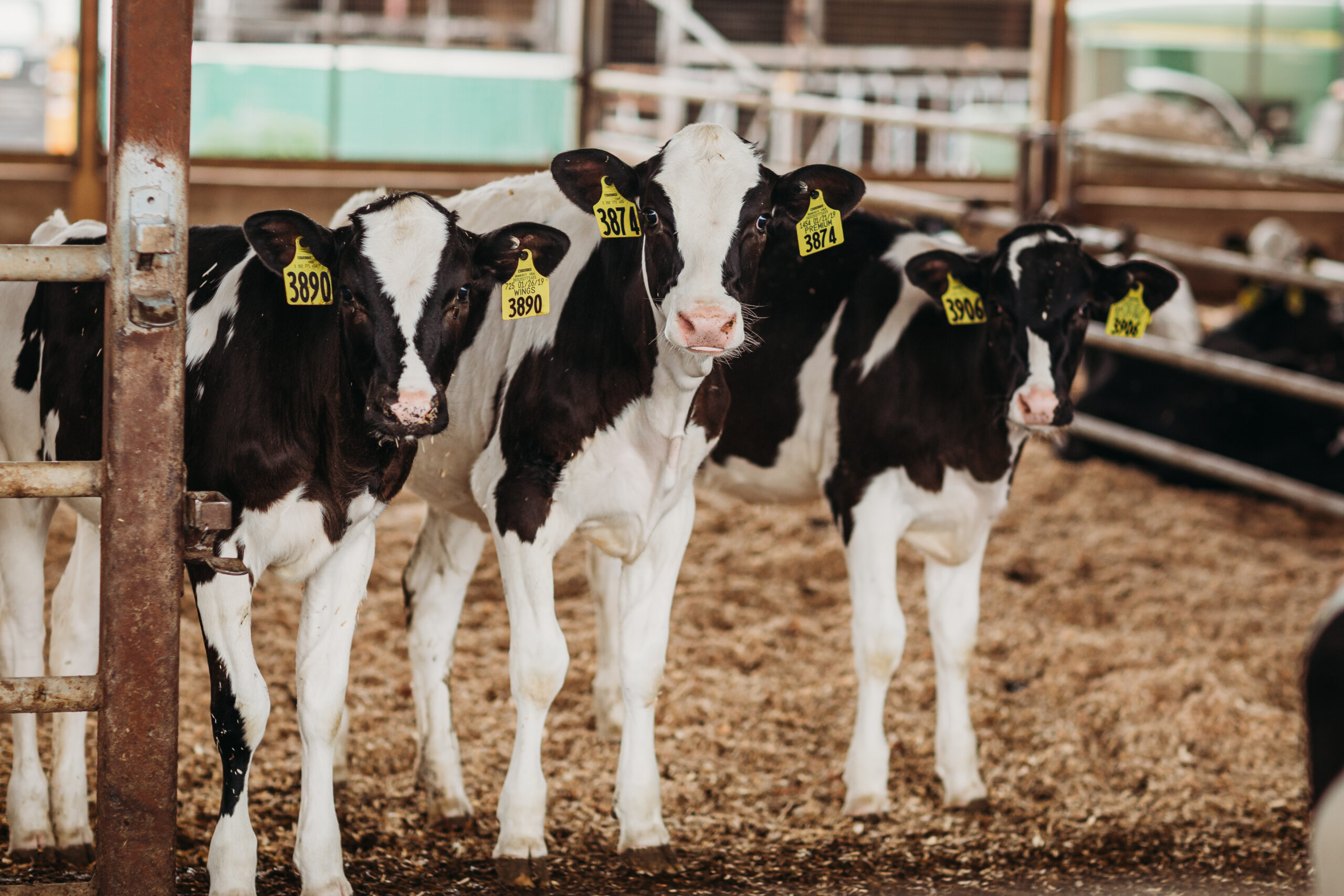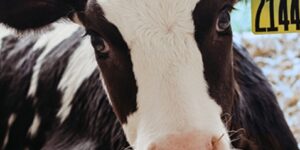New electrolytes Vitalrecover and Vitalfort formulated to help your calves’ needs
Raising dairy or beef calves can be challenging, especially during early life when calves are most susceptible to diseases. Diarrhea is one of the most frequent diseases in young calves (USDA, 2014). It has a direct impact on their performance (Morrison et al., 2019). Implementing management strategies on-farm to prevent diarrhea occurrence is always the best approach. However, diarrhea is a multifactorial disease. This means implementing management practices that completely prevent its occurrence is nearly impossible. Calves represent the future profitability on-farm and providing immediate care to reduce the negative effects of diarrhea is crucial. Not all cases of diarrhea are treated the same. Fluid therapy is seen as one of the most important components of the treatment protocol. Vitalfort and Vitalrecover are electrolytes carefully formulated to help your calves’ needs.
Vitalrecover to restore calf’s vitality during digestive disturbance
Diarrhea can be caused by a variety of pathogens and some of the most common pathogens associated with diarrhea in pre-weaned calves are protozoa (Cryptosporidium), viruses (Coranavirus or rotavirus), or bacteria (Escherichia coli) (Blanchard, 2012). Different types of pathogens can cause different physiological mechanisms. For example, calves with diarrhea caused by E.coli are likely to have secretory diarrhea whereas cases caused by Cryptosporidium parvum or Coronavirus are often associated with malabsorptive diarrhea (Foster and Smith, 2009). In malabsorptive cases, infection leads to damage of the intestinal villous epithelial cells, thus reducing its absorptive capacity.
In secretory diarrhea, infection leads to the secretion of chlorine, sodium, and water into the intestinal lumen (Smith and Berchtold, 2014). Regardless of the pathogen or mechanism involved, common symptoms associated with the occurrence of this disease are dehydration and the development of metabolic acidosis. Mortality is common in severe cases of dehydration and diarrheic calves can lose 1% to 10% of their body weight (NASEM, 2021). Acidosis occurs due to the bicarbonate loss in feces and increased differences in strong ion balance. To help the animal recover, the electrolyte needs to contain alkalizing agents (e.g., bicarbonate) but also a higher SID balance (greater concentration of Na as compared to Cl; Smith and Berchtold, 2014).
In addition to the water loss in feces, diarrheic calves are more likely to refuse milk, which will reduce fluid intake even further (Morrison et al., 2019). Providing electrolytes as a supportive therapy for sick animals is a common feeding practice. It is considered the most important component of the treatment protocol for diarrheic calves (McGuirk, 2008). Electrolytes are important to replenish electrolytes, help balance metabolic acidosis, and provide energy (Smith and Berchtold, 2014), in addition to being an economical management practice.

Vitalfort is designed for situations requiring extra hydration
Not only sick calves benefit from electrolyte therapy. Transportation is a stressful event for calves. It exposes calves to social and physiological stressors such as commingling, deprivation of food and water, and changes in environmental conditions (EFSA, 2022). It is not uncommon for calves to experience some level of dehydration after transportation. This even occurs when calves are transported for short periods. In this study done by Goetz et al., (2013) dehydration was measured by comparing the body weight before and after transportation. The researchers found that calves experienced about 5 to 7% body weight loss depending on the transportation duration. The skin and mucosa are the first line of defense against pathogens. They are making sure calves are hydrated is essential to maintain a healthy skin barrier.
Water is essential to maintaining life and providing early access to water is crucial for raising healthy calves. Availability of clean water during early age is very important. Water plays an important role in the rumen development of calves. Calves that have early access to clean water tend to have better starter intake, rumen development, and nutrient digestibility (Wickramasinghe et al., 2019). However, during periods of extreme environmental temperatures, water availability can be limited (e.g., frozen water during winter) or not enough to attend nutritional needs of the calf. During periods that exceed the upper critical temperature, calves will change their nutrition (e.g., reduction in DMI and increase in water intake) and metabolism (e.g., sweating and panting) to try to maintain body temperature. Growth can be limited during these periods. Since calves will reduce starter intake and must use additional energy to dissipate heat from their body. In situations such as this, electrolytes can be used to stimulate water intake as well as replenish and balance electrolytes. During periods that exceed the lower critical temperature, electrolytes can also be used as an additional feeding strategy. It helps to increase water intake and keep calves hydrated.
Vitalfort is formulated to help with rehydration, especially during stressful events such as before or after transportation, heat-stress, cold-stress. Or any other management or event that might reduce water intake. Our formula remains the same, but now contains a flavor enhancer as well as color!
Conclusion
Electrolyte therapy is an important tool for the prevention and treatment of digestive problems. In addition to helping replenish the electrolytes lost in feces, electrolytes also provide extra energy to help calves recover faster.








